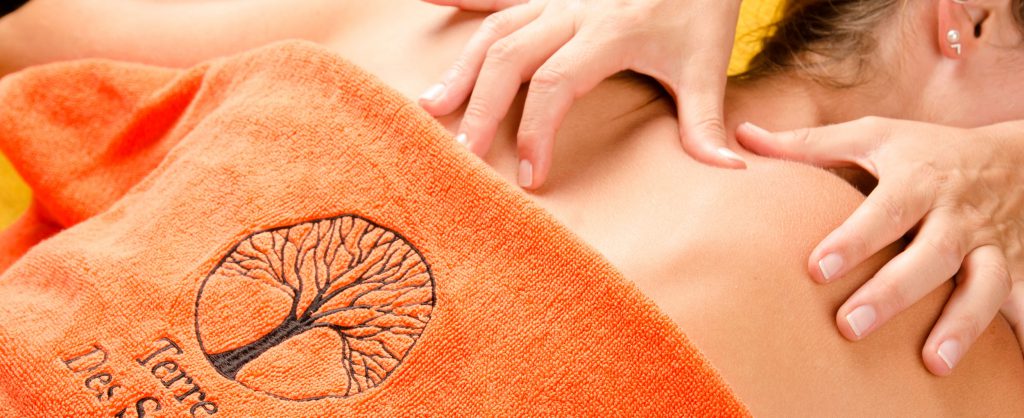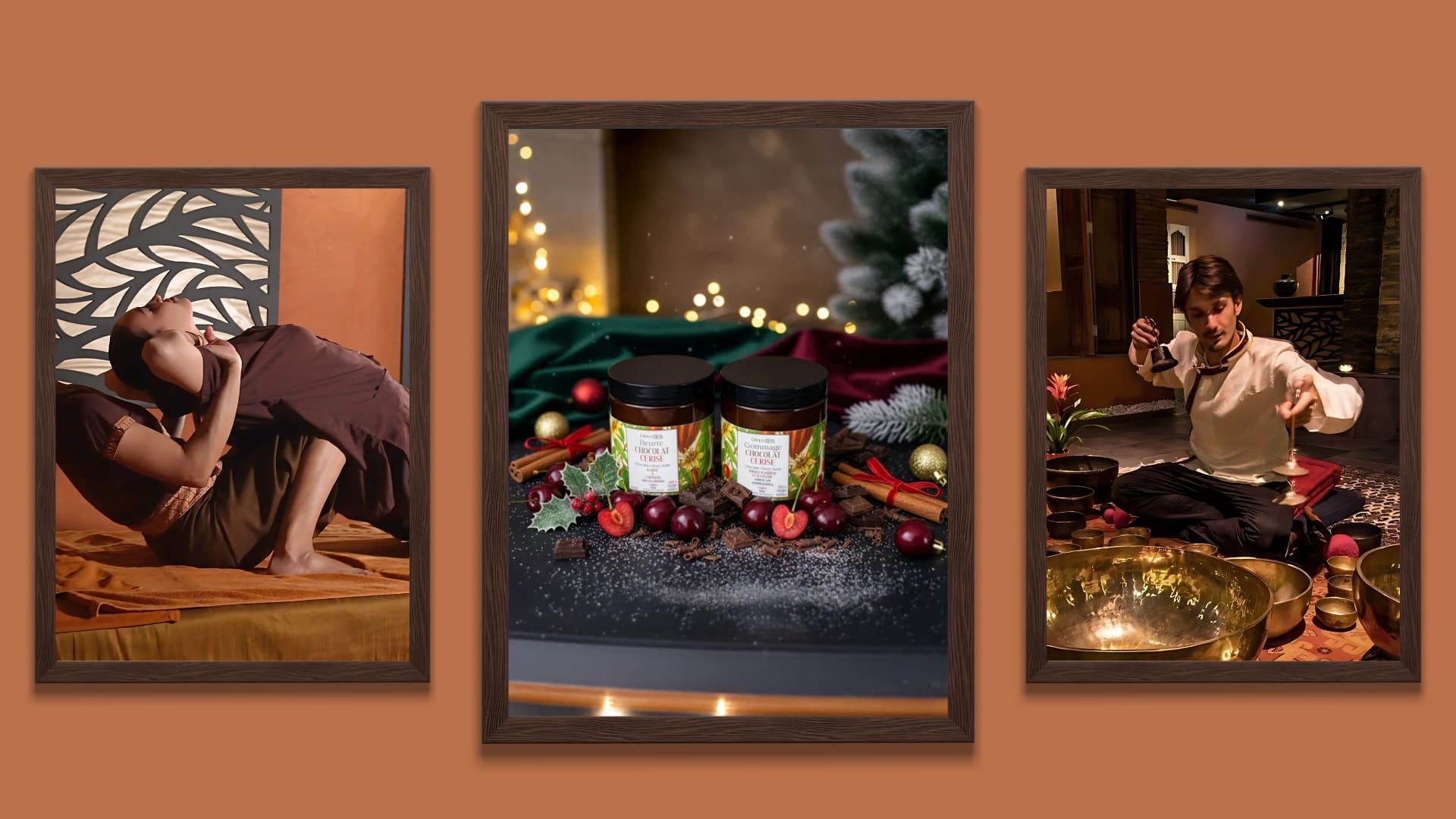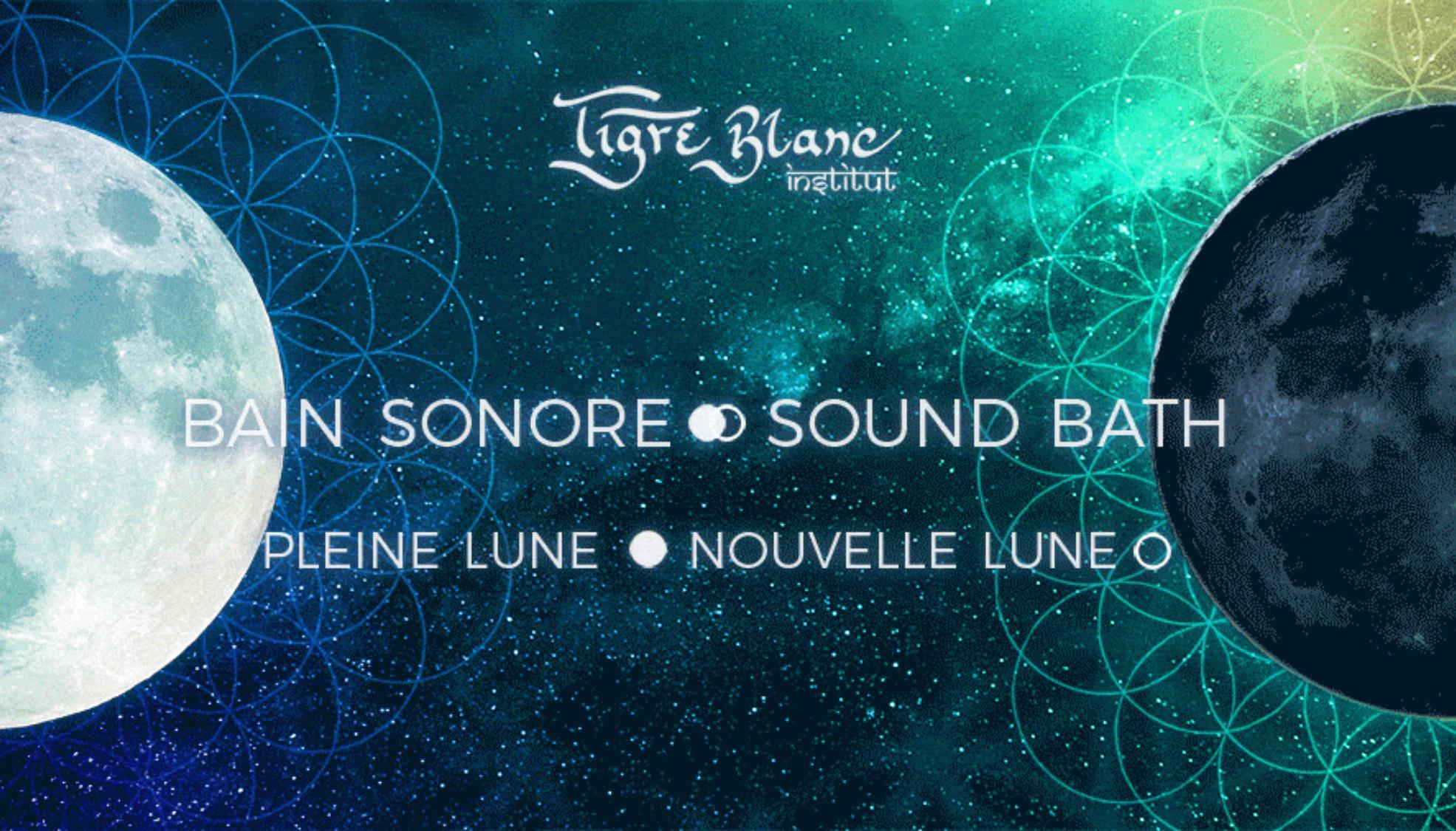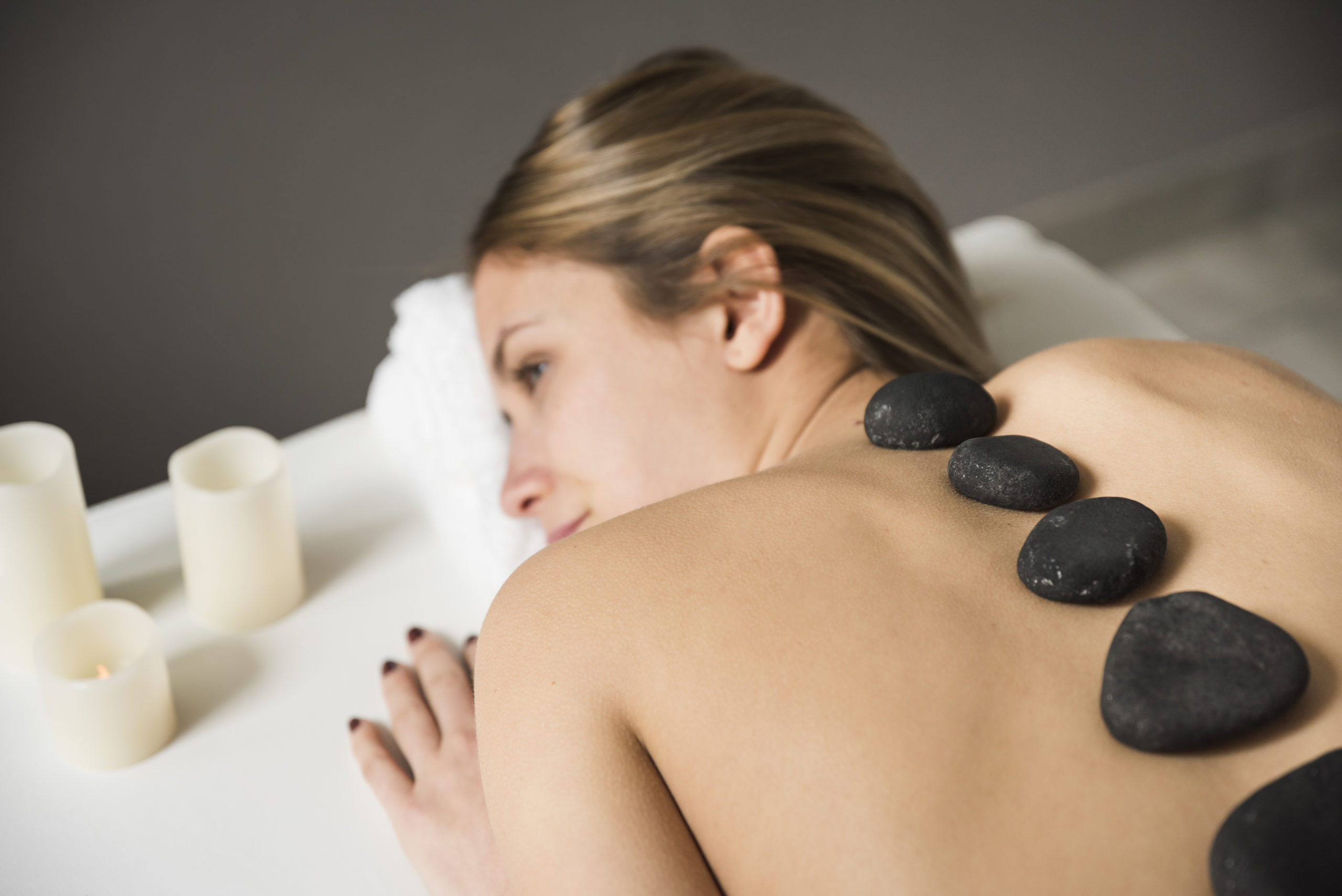Do you remember the last time you had your shoulders massaged, really massaged? Not just your better half's nice little caress during the end credits of a Netflix series, but a real massage, the kind that unlocks your back like cracking a rusty padlock, makes you sigh like a cat in the sun, and leaves you with the weird sensation of having floated out of your body? No ? Then you may have missed out: the art (and science) of therapeutic massage.
Because no, therapeutic massage isn't a premium version of the Saturday spa. Nor is it just a feel-good treat for your best friend's birthday. Massage therapy is a silent revolution. A form of alternative medicine which, if studies (and fascia roll addicts) are to be believed, could well make us humans a little less tense, a little more alive.
First of all, what exactly is a therapeutic massage?
Spoiler: it's not necessarily gentle, or even pleasant at the time. A therapeutic massage is a massage with a health objective. It's used to relieve chronic back pain, soothe inflammation, relieve nervous tension or support convalescence. And the therapist, often trained in anatomy, physiology and musculoskeletal pathologies, acts as a detective of your pain. He palpates, evaluates, targets and relieves.
Unlike wellness massage (which we also love, let it be known), therapeutic massage has a clinical purpose. It can be recommended by a doctor, and is sometimes even reimbursed by certain insurance companies. And above all, it's often part of a long-term care protocol, as a complement to physiotherapy, osteopathy or psychotherapy.
In short, you don't go there just to relax (although that's often the final bonus), but to repair yourself.
A story as old as time
Therapeutic massage is nothing new. In ancient Egypt, practitioners were already rubbing the feet of pharaohs. In China, medical texts mention Tui Na as early as the 2nd century BC. And in India, Ayurveda has made it one of its pillars for millennia. In those days, doctors were often also masseurs, herbalists and philosophers. Today, we call this "multidisciplinary".
But the real comeback of therapeutic massage is taking place in our modern lives. With non-ergonomic telecommuting, XXL mental workloads and chronic stress taking its toll on the body, there's never been a time when we need expert hands to put things back in their rightful place. Literally.
Why does it work?
The answer is simple: because our body is an orchestra. And with our lifestyles, it often plays out of tune. Too much tension in the trapezius? Your whole posture goes haywire. Inflammation of the sciatic nerve? Good morning, sleepless nights. Blocked breathing? The nervous system goes into overdrive. Therapeutic massage releases tension and stimulates blood, lymph and energy circulation. It reinforms muscles, relaxes the parasympathetic nervous system (the calming one), and promotes better homeostasis (internal balance, for those in the know).
Serious studies show concrete effects on anxiety, chronic pain, hypertension, sleep disorders and even digestion. What if we told you that certain therapeutic massage could reduce inflammation, boost immunity and improve recovery after exercise? We'd almost be tempted to make them part of our routine, right up there with night cream and straightening irons.







